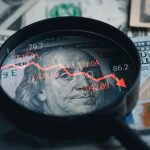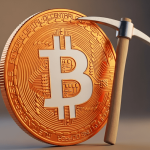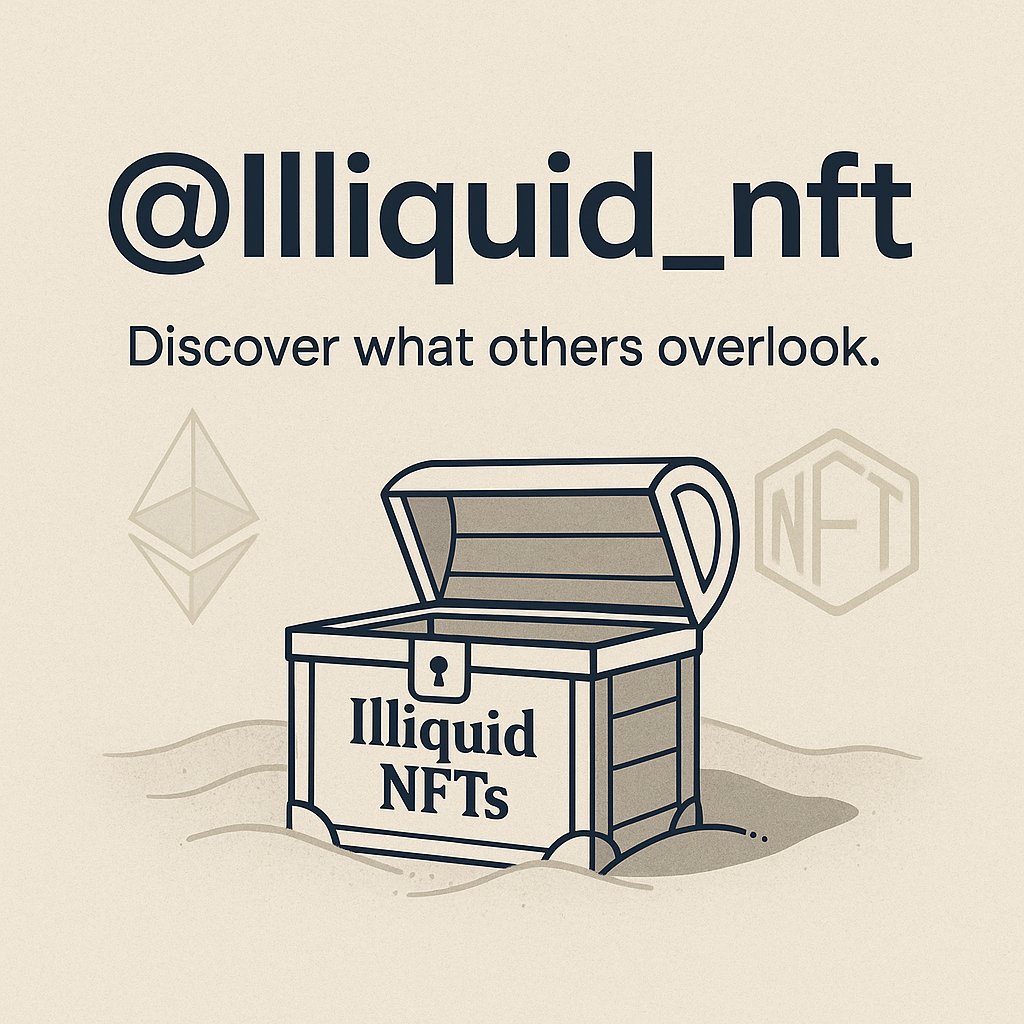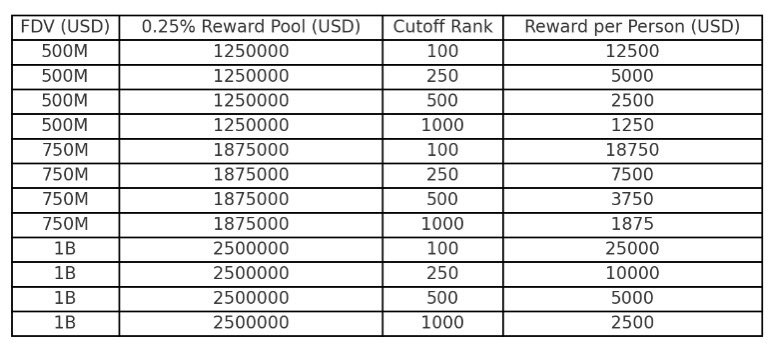A New Era of Digital Ownership
Imagine a world where your digital assets are as unique and valuable as physical ones. A world where ownership is indisputable, and transactions are seamless. This is the world that Non-Fungible Tokens (NFTs) are creating. NFTs are unique digital assets verified using blockchain technology, revolutionizing the way we think about digital ownership and blockchain infrastructure.
The Genesis of NFTs
The concept of NFTs emerged from the broader blockchain technology, which gained prominence with the advent of Bitcoin in 2009. However, it was the Ethereum blockchain that truly popularized NFTs with the introduction of the ERC-721 standard in 2017. This standard allowed for the creation of unique, non-fungible tokens, paving the way for a new era of digital ownership.
The first significant use case for NFTs was digital art. Artists began minting their work as NFTs, allowing buyers to own a unique piece of digital art. This was a groundbreaking development, as it addressed one of the primary challenges of digital art: proving ownership and authenticity. The most famous example is Beeple’s “Everydays: The First 5000 Days,” which sold for $69 million at Christie’s in 2021.
The Current State of the NFT Market
The NFT market has evolved rapidly since its inception. While digital art remains a significant sector, NFTs have expanded into various industries. Here are a few notable examples:
Gaming
NFTs have found a natural fit in the gaming industry, where they can represent in-game assets, characters, or even entire games. This allows players to truly own their digital assets and trade them freely. For instance, the game Axie Infinity uses NFTs to represent its characters, allowing players to breed, battle, and trade them.
Music
In the music industry, NFTs can represent ownership of songs, albums, or even concert tickets. This gives artists more control over their work and fans a more direct connection with their favorite musicians. For example, the musician Grimes sold some of her digital art as NFTs, with the proceeds going to charity.
Real Estate
NFTs can also represent ownership of physical properties, making the buying and selling process more efficient and secure. Additionally, NFTs can represent fractional ownership of properties, allowing more people to invest in real estate. Propy, a real estate company, has already started using NFTs to represent property deeds.
Blockchain Infrastructure: The Backbone of NFTs
The evolution of NFTs is closely tied to advancements in blockchain infrastructure. Blockchain technology provides the security and transparency needed to verify the authenticity and ownership of NFTs. As blockchain infrastructure continues to improve, so too will the functionality and potential applications of NFTs.
Layer-2 Solutions
One of the key advancements in blockchain infrastructure is the development of layer-2 solutions. These solutions aim to improve the scalability and efficiency of blockchain networks, making them more suitable for widespread adoption. For example, the Ronin Network, a layer-2 solution for Ethereum, has been used to create the Fishing Frenzy Founders Pass NFT Collection. This collection allows holders to access exclusive benefits and rewards within the Fishing Frenzy game, demonstrating the potential of NFTs in the gaming industry.
Interoperability
Another significant development is the push for interoperability between different blockchain networks. This would allow NFTs to be transferred and used across different platforms, increasing their utility and value. Projects like Polkadot and Cosmos are working on this, aiming to create a more connected and interoperable blockchain ecosystem.
The Future of NFTs: Beyond Digital Art
As the NFT market continues to evolve, we can expect to see even more innovative use cases for this technology. Here are a few areas with significant potential:
Identity Verification
NFTs can be used to represent unique identities, making the process of identity verification more secure and efficient. This could have applications in various sectors, from voting systems to online banking.
Supply Chain Management
In supply chain management, NFTs can represent unique items or batches of goods, allowing for better tracking and verification. This could help reduce fraud and increase efficiency in supply chains.
Intellectual Property
NFTs can also be used to represent intellectual property rights, such as patents or copyrights. This would make it easier to prove ownership and enforce rights, benefiting creators and innovators.
Challenges and Opportunities
Despite the promising potential of NFTs, there are still challenges that need to be addressed. Here are a few key issues:
Environmental Impact
One of the main challenges is the environmental impact of blockchain technology. The energy consumption of blockchain networks, particularly those that use proof-of-work consensus mechanisms, has been a subject of controversy. However, the development of more energy-efficient consensus mechanisms, such as proof-of-stake, offers a potential solution to this problem.
Regulatory Environment
Another challenge is the regulatory environment. As NFTs become more mainstream, governments and regulatory bodies are paying more attention to this technology. It is essential to strike a balance between regulation and innovation to ensure the sustainable growth of the NFT market.
Market Volatility
The NFT market is also subject to significant volatility, with prices often fluctuating wildly. This can make investing in NFTs risky and may deter some potential users. However, as the market matures and more use cases emerge, this volatility may decrease.
Conclusion: Embracing the Future of Digital Ownership
The evolution of NFTs represents a significant shift in how we think about digital ownership and the potential applications of blockchain technology. From digital art to gaming, music, and real estate, the use cases for NFTs are vast and varied. As blockchain infrastructure continues to improve, we can expect to see even more innovative applications of this technology.
The future of NFTs is bright, but it is not without its challenges. Addressing issues such as environmental impact, regulatory uncertainty, and market volatility will be crucial for the sustainable growth of the NFT market. However, with the right approach, NFTs have the potential to revolutionize the way we think about ownership and digital assets.
As we look to the future, it is essential to embrace the opportunities that NFTs present while also being mindful of the challenges. By doing so, we can ensure that this technology reaches its full potential and benefits society as a whole. The world of digital ownership is evolving, and NFTs are at the forefront of this revolution. It’s time to dive in and explore the possibilities.











